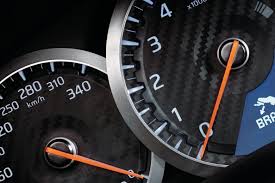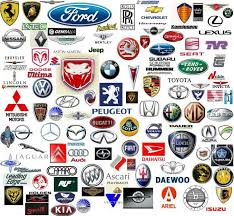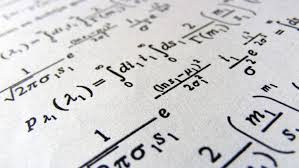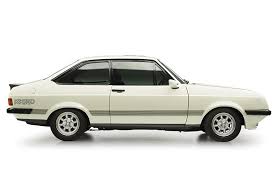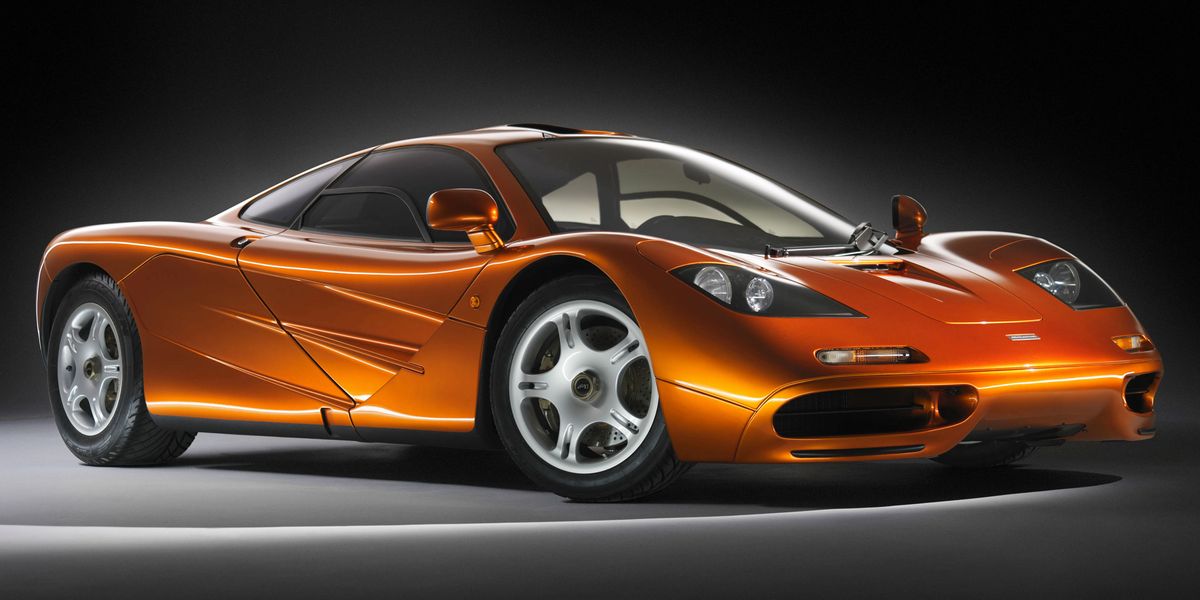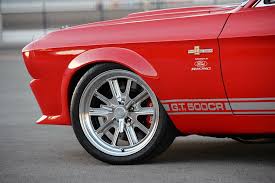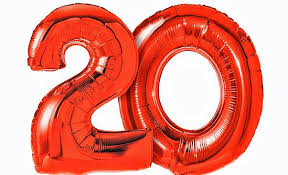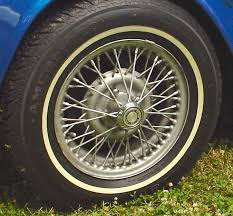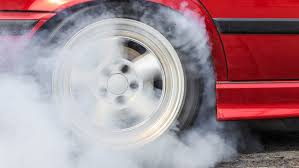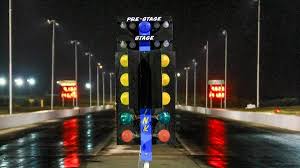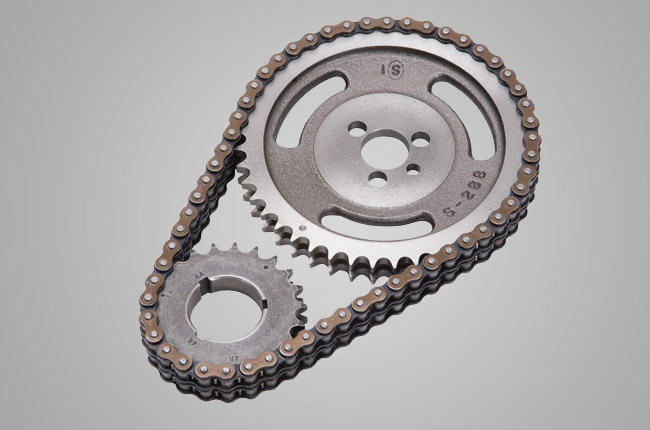
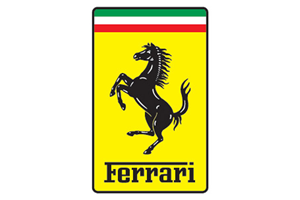

This edition of the Ferrari 208 Turbo 2.0L V8 is the 5 speed / Manual version and was first brought out in 1986. This was at around the same time as the introduction of the 1987 Porsche 959 Turbo and the 1987 Ferrari F40 2.9 V8.This particular Ferrari 208 has a 1991cc Turbo Petrol powerplant with 8 cylinders in a V formation.
The 208 shares its Petrol V8 engine configuration with the likes of the 2023 Dodge Challenger SRT Demon 170 and the 2023 Ferrari SF 90 XX Spider 4.0 V8 Turbo. If you're looking for other fast cars which share the 208's Rear Wheel Drive, Coupe combination then how about the 1982 Fiat X1/9 1.5 8V or the 1965 Aston-Martin DB6 1965.
Weighing in at 1132 kgs (2495 lbs) this makes the Ferrari 208 Turbo 2.0L V8 in the same weight category as the 2020 Lotus Exige Sport 410 Roadster 3.5 V6 or the give or take 50kg.
In terms of power the 1991cc 16V V8 engine produces 254 bhp (189 kW) @ 6500 rpm similar to the 2022 Hyundai i30 N Performance 2.0 Turbo (276 bhp) or the 2021 Ford Mustang Mach-E AWD (266 bhp).
The Turbo V8 throws out 242 lb-ft (328.1 Nm) @ 4100 rpm placing it with cars of similar torque performance figures such as the 2022 Mini Cooper John Cooper Works Cabrio 2.0 Turbo (236 lb-ft) or the 2020 Toyota Camry TRD 3.5 V6 (267 lb-ft).
If one combines the weight with power or torque performance for the Ferrari 208 you can get a better idea of it's real world performance.
The Ferrari 208 has a Power to weight ratio of 224.3 bhp per ton and 213.7 lb-ft per ton. Bhp Per Ton figures of the 1986 208 competing with the 2014 Porsche Boxster GTS (249.0 bhp per ton) or the 1995 Caterham Super 7 1.6 16v (249.0 bhp per ton).
If you agree with the late great Carroll Shelby then arguably an even better indicator of potential performance, Torque. Use weight as well and you end up with - Torque per ton, with the Ferrari 208 generating around 213.7 lb-ft per ton. If you're curious as to what other cars have as much torque to weight then look no further than the 2015 Porsche 911 GT3 RS 4.0 991 (238.7 lb-ft per ton) or the 2018 BMW X5 M50d 3.0 Turbo (238.7 lb-ft per ton).
With a 0-60mph time of 6.30 secs or a 0-100km/h (0-62mph) of 6.5 secs, this made the Ferrari 208 Turbo 2.0L V8 as fast as the 2024 Mazda CX-90 S 3.3 Turbo (6.30 secs) the 2020 Audi A1 Sportback 40 TFSI S tronic S line (6.30 secs) the 2018 Ford Fiesta ST 1.5 Turbo 5 door (6.30 secs) the or the 2018 Ford Fiesta ST 1.5 Turbo (6.30 secs). This Ferrari 208 Turbo 2.0L V8 is also faster than the 2022 Mini Cooper John Cooper Works Cabrio 2.0 Turbo (6.40 secs) the 2016 Ford Fiesta ST 200 1.6 Turbo (6.40 secs) the 2012 Subaru Forester STi tS 2.5L Turbo (6.40 secs) the and the 2011 Honda Civic 2.0i 16v VTEC Type R - FN2 (6.40 secs).
When talking about the performance of the Ferrari 208 on the drag strip it can reach a quarter mile in an estimated 13.51 secs @ 101.2 mph. Similar performance down the quarter mile can be found with the the 2008 Mercedes SLK Class 350 Auto (13.45 secs), the 2015 Seat Leon ST Cupra 280 (13.45 secs), and the 1993 Mercedes SL Class 60 AMG 6.0 V8 (13.45 secs).
Modern performance cars are often artificially restricted to 155mph. The 1986 version of the Ferrari 208 Turbo 2.0L V8 has a maximum speed of 157mph.
If maxing out your car on the AutoBahn is your thing and you're wondering what's faster than the 1986 Ferrari 208 Turbo 2.0L V8 then how about the 2022 Volkswagen-VW Golf R Performance 2.0 Turbo (168 mph), the 2020 KIA Stinger GT 3.3 V6 Turbo AWD (168 mph), or the 2020 KIA Stinger GT2 3.3 V6 Turbo (168 mph).


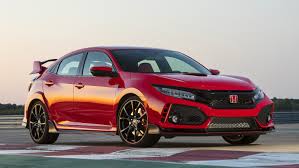

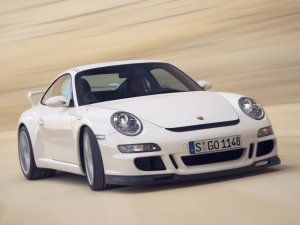
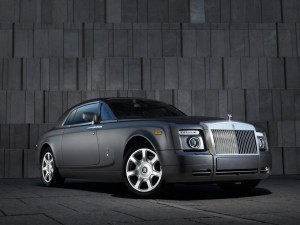


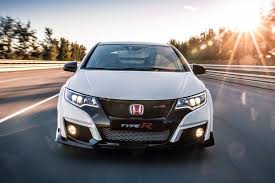
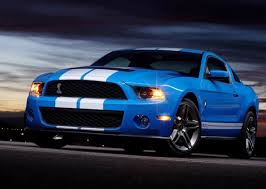
Ford Mustang Shelby GT500
Engine: Supercharged Petrol | 5812cc 32v V8
Top Speed: 202 mph
0-60mph: 3.70 seconds
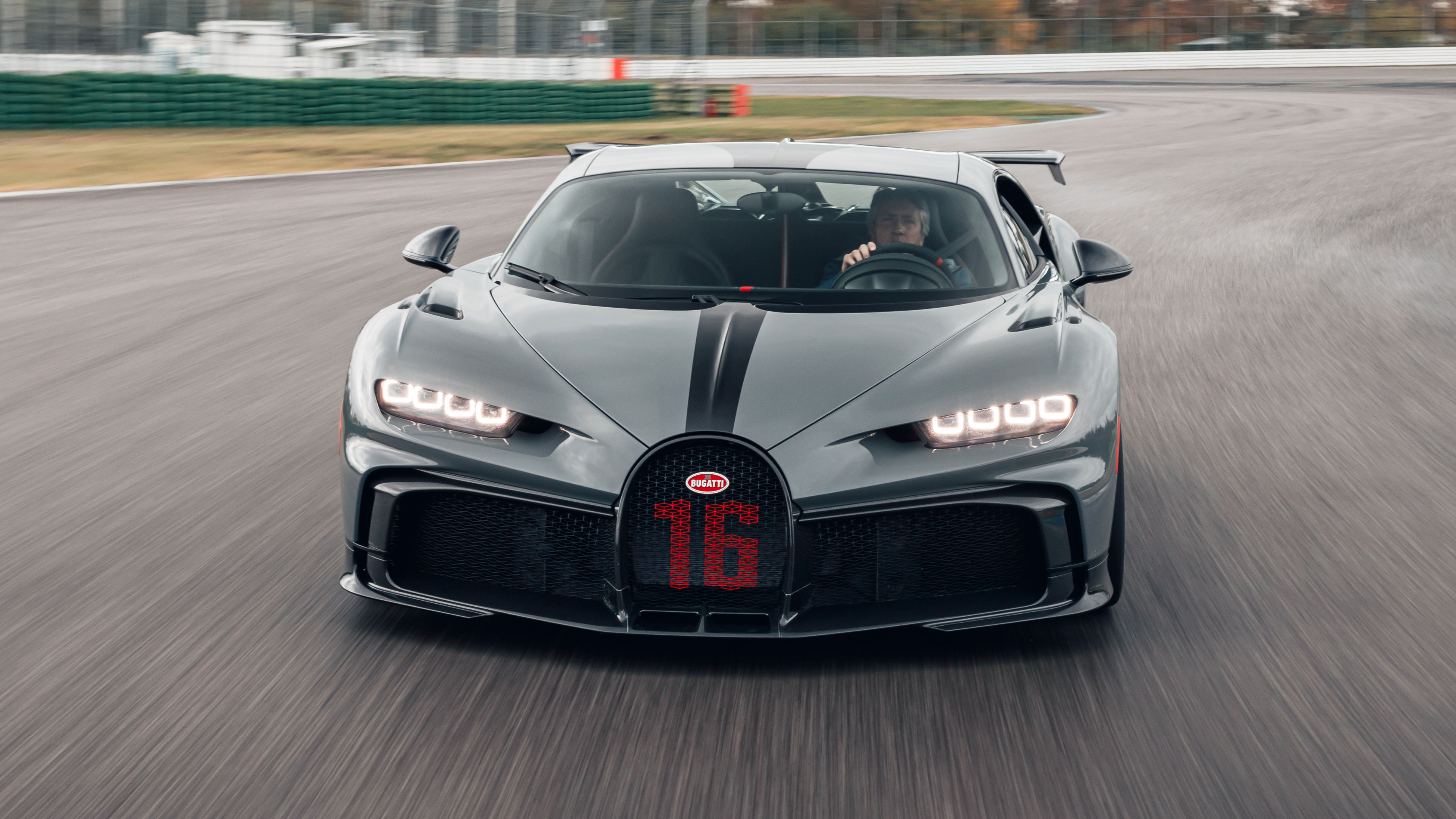
Bugatti Chiron Pur Sport 8.0 W16 Quad Turbo
Engine: Quad Turbo Petrol | 7993cc 64v W16
Top Speed: 349.2 kph
0-100kph: 2.4 seconds





